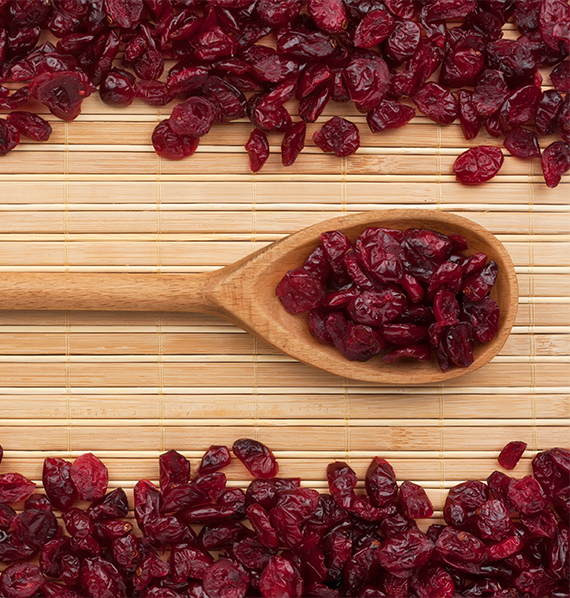Storing and Preparing Cranberries in Your Kitchen
Cranberries are simple to use in any form, readily available year-round and easy to keep on-hand. They have a long shelf life, minimizing spoilage and the associated costs. To ensure safe food practices, always use the First-In-First-Out (FIFO) storage procedure to make use of older products first.1 When using cranberries in foodservice, here is the food safety and preparation information you need to know.

Download
Foodservice Toolkit
Refrigerator and Freezer Storage
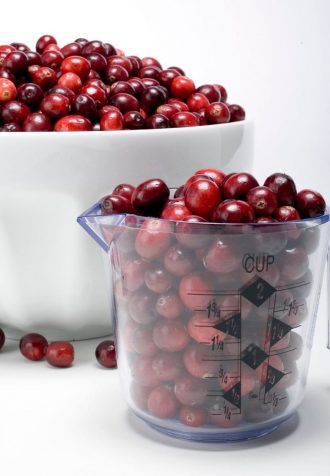
- Refrigerate opened cranberry sauce, juice and fresh or thawed cranberries in a covered, labeled and dated nonmetallic container1
- Store frozen cranberries for up to 18 months in a freezer at 0°F or below2
Shelf Storage
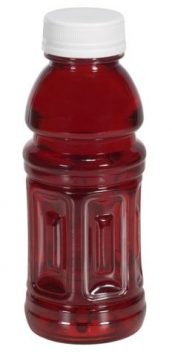
- Store unopened cans, bottles of juice, and dried cranberries in a cool, dry place1
- Never expose cans to extreme temperatures; do not store above a stove, under a sink, or in a damp area1
Dried Cranberries
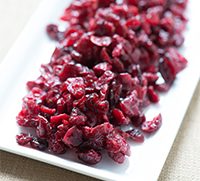
- Pour onto a salad bar right from the bag, decreasing labor time and costs
- Dried cranberries do not require soaking before use in recipes
Fresh or Frozen Cranberries
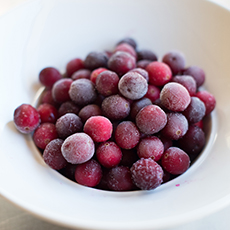
- Frozen cranberries do not need to be defrosted before use
- When cooking cranberries, remove from heat as soon as they pop to keep a firm texture
Canned Cranberry Sauce
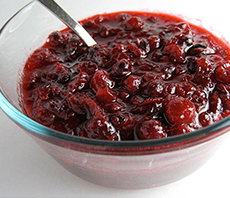
- Use a clean cloth to wash the lids before opening
- Use a sanitized can opener
- Cranberry sauce can be used at room temperature or chilled
REFERENCES
- Food and Nutrition, North Dakota State University. Food Safety Basics A Reference Guide for Foodservice Operators. Updated January 2017. Retrieved from: https://www.ag.ndsu.edu/publications/food-nutrition/food-safety-basics-a-reference-guide-for-foodservice-operators#section-9
- Food Safety and Inspection Service, United States Department of Agriculture. Freezing and Food Safety. Updated 15 June 2013. Retrieved from: https://www.fsis.usda.gov/wps/portal/fsis/topics/food-safety-education/get-answers/food-safety-fact-sheets/safe-food-handling/freezing-and-food-safety/CT_Index
